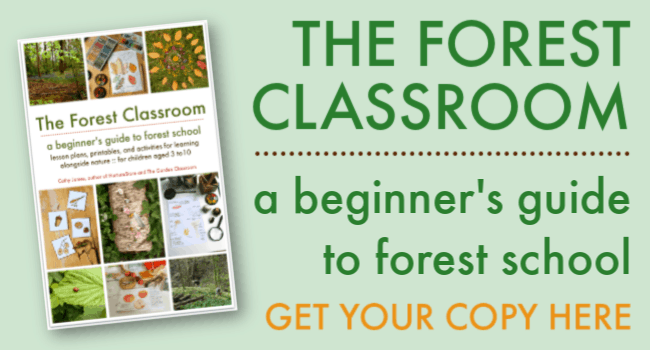Use this foraging guide for children to learn how to identify hawthorn and try these easy hawthorn recipes.
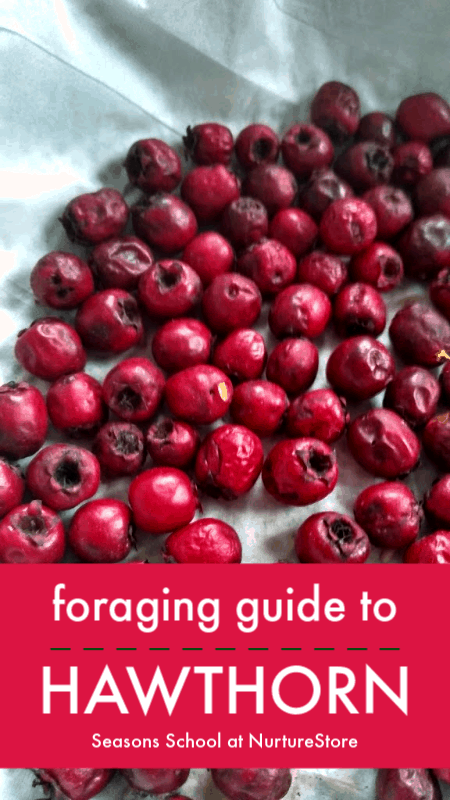
Hawthorn foraging guide for children with hawthorn tea recipe
Following on from our forest school foraging guides to picking blackberries and elderberries, this month’s seasonal food is hawthorn.
You can use these notes and my printable nature journal pages to host a hawthorn lesson in your forest school or garden classroom.
In this lesson you can:
:: learn about hawthorn and how to identify the leaves and berries
:: learn about the folk lore surrounding the hawthorn tree
:: try easy recipes using hawthorn
:: print a free nature journal page all about hawthorn
:: join the Seasons School mailing list for regular free forest school and garden classroom teaching materials
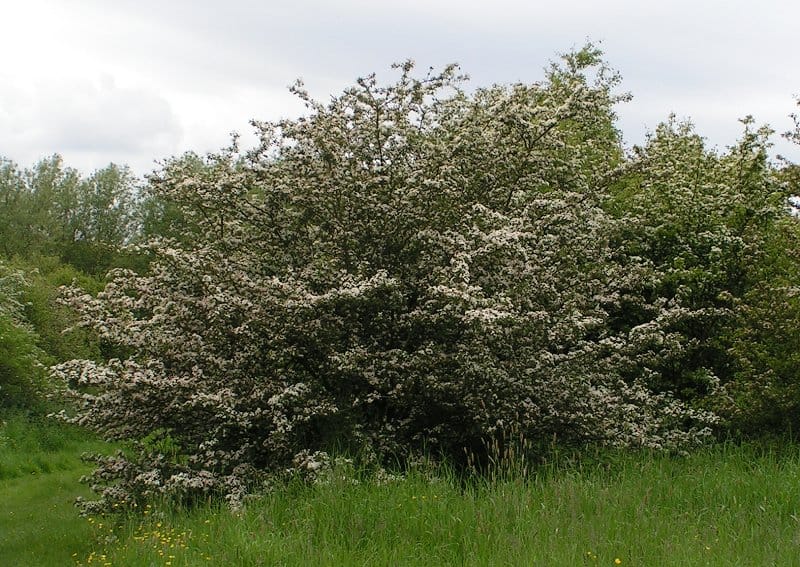
How to identify hawthorn
Hawthorn, with the scientific name Crataegus, are shrubs and trees in the Rosaceae family.
Crataegus is from the Greek words kratos which means strength and akis which means sharp. This matches how strong the wood of the tree is, and how sharp the thorns are.
It is also known as Maytree or Mayflower, quickthorn, thornapple, whitethorn, and hawberry.
The most common type of hawthorn has smooth grey bark when it is young, developing shallow grooves with narrow ridges running up the trunk as it ages.
The thorns are 1 – 3 cm long with sharp tips.
The leaves grow on long shoots and in clusters. Most hawthorn leaves are lobed, with serrated edges.
Hawthorn has white flowers in spring, with five petals.
In the autumn, the fruit develops. These are called haws and look like small, red berries.
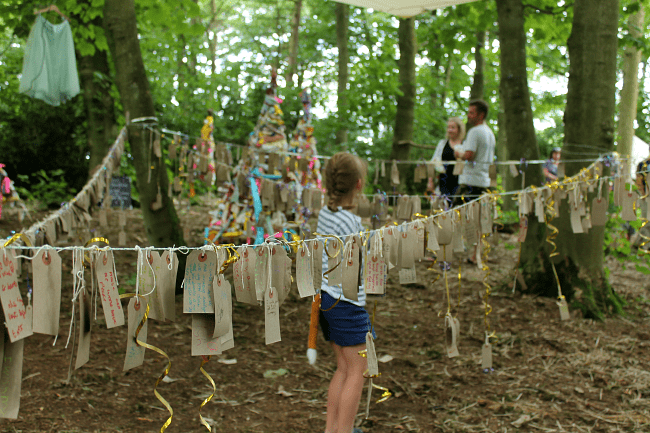
Hawthorn folklore
“Ne’er cast a cloot til Mey’s oot” is a Scottish saying advising us to not cast off any warm clothing (cloots) until the Mayflower (hawthorn) is in bloom.
Hawthorn is an emblem of hope and was used in ancient Greek wedding celebrations.
In Christianity, it is thought that Jesus’s crown of thorns was made from hawthorn, and uprooting hawthorn trees is considered back luck.
In Celtic tradition, hawthorn was said to mend a broken heart. The trees are often found near clootie wells, which are holy wells. People would visit the wells and tie ribbons of cloth to the trees as part of healing rituals.
In Gaelic folklore, hawthorn is strongly linked to fairies, and in Serbia it was thought to kill vampires.
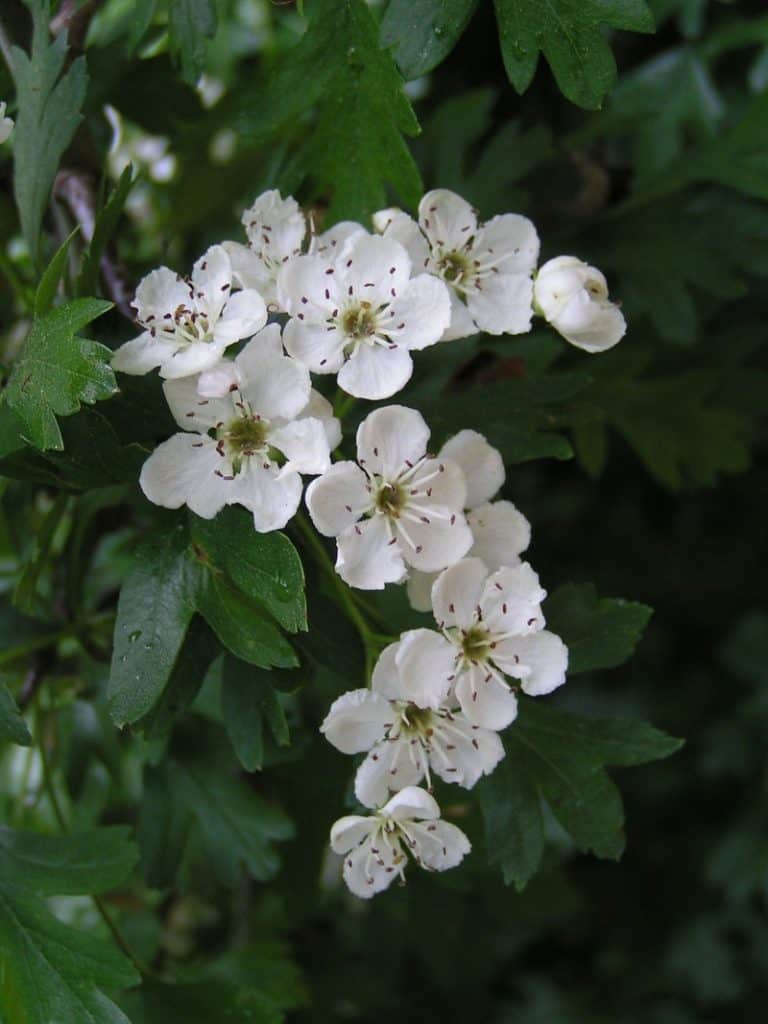
Can you eat hawthorn berries and leaves?
Hawthorn leaves and berries are edible.
The leaves are best picked in spring when they are young and tender. They are known as ‘bread and cheese’ and can be added to salads.
The berries can be used to make a jelly or jam, or used in tea.
Hawthorn contains tannins and flavonoids and is thought to be beneficial to the heart and circulation.
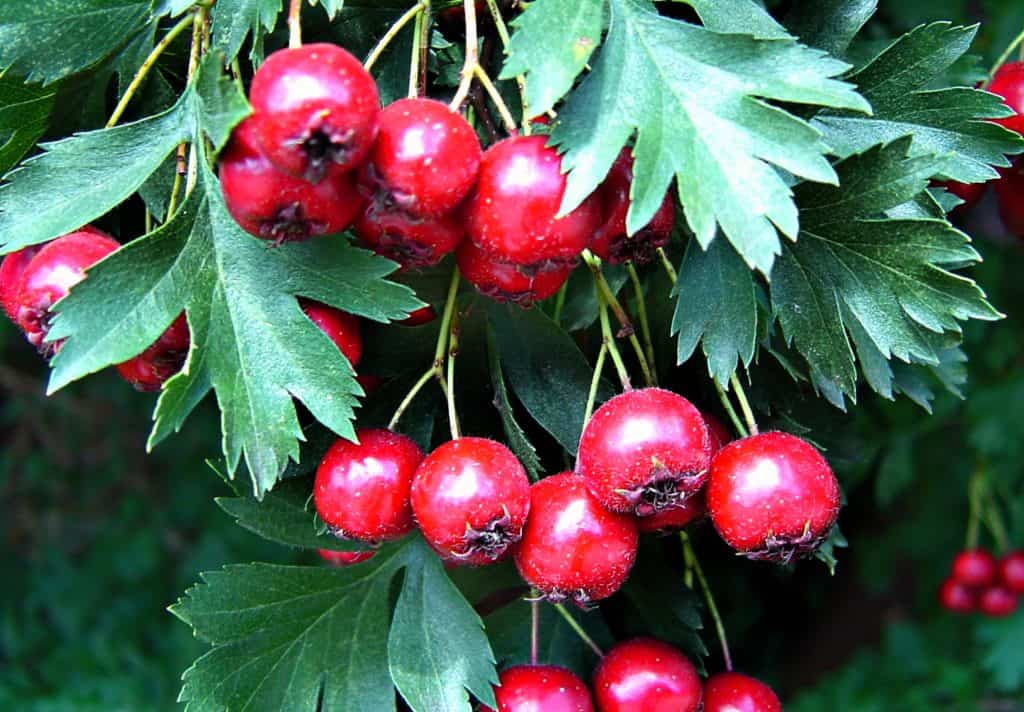
Where is the best place to pick hawthorn?
Hawthorns are common shrubs and trees that can be found in hedgerows, woodland, and scrub.
They are native to most of Europe, North Africa, and West Asia.
When is hawthorn in season?
You can forage for hawthorn in spring and autumn.
In spring you can pick the fresh leaves.
In the autumn you can gather the haws (berries).
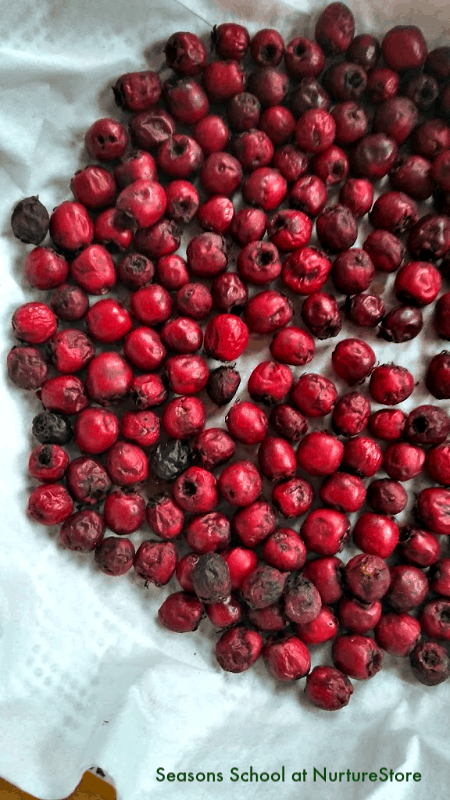
Easy hawthorn recipes
In spring, children can easily enjoy the fresh leaves of the hawthorn, picking them and adding them to their sandwiches or a salad.
In autumn you can use the haws to make tea – a great option if you want to make something over your forest school campfire.
Easy hawthorn tea recipe
Use one teaspoon of berries per cup of tea. Pour boiling water over the berries and leave to steep for 10-15 minutes. Scoop out the berries and enjoy your tea. You can add a cinnamon stick and sweeten with honey if you like. The tea can also be chilled and drunk as a cordial or iced tea.
You can also try these hawthorn recipes:
:: hawthorn jelly which is delicious on toast or served with a roast dinner
:: hawthorn berry cordial – (omitting the brandy)
:: and the candied hawthorn enjoyed in China sounds fun
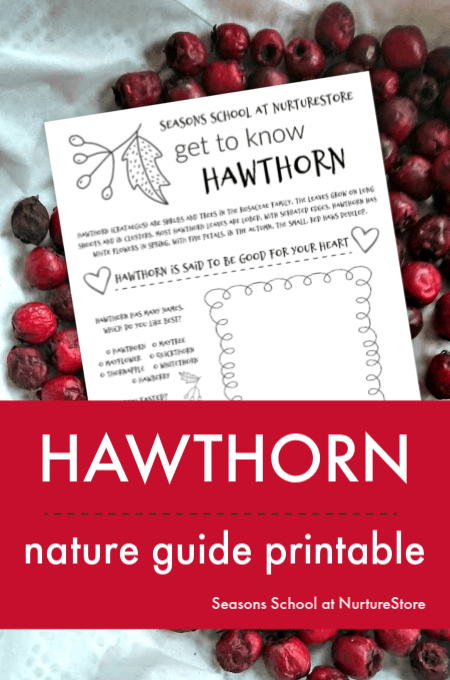
Printable hawthorn nature journal page
You can use my hawthorn nature journal page (see below for details on how to print it) to learn more about this plant:
:: read key facts about hawthorn
:: draw hawthorn leaves, flowers, and berries
:: add the printable to your nature journal. See my ultimate guide to nature journalling here.
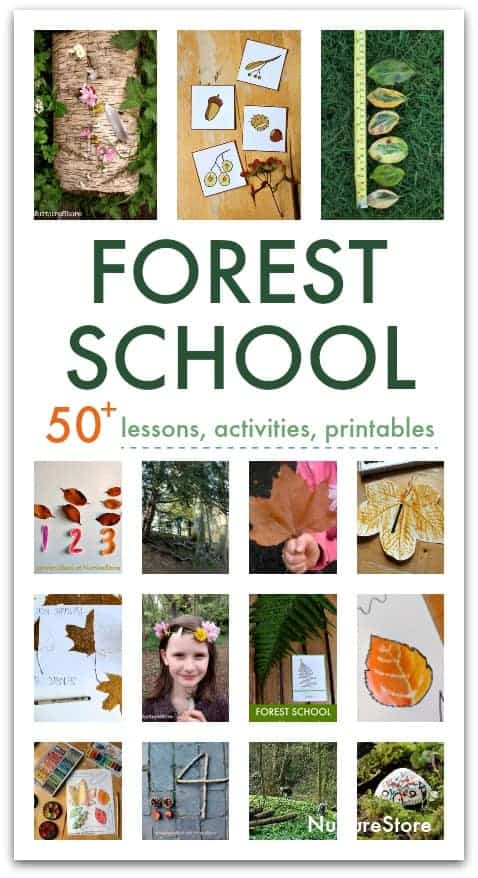
More forest school teaching resources
You might also like my Forest Treasure Hunt printable.
And you can download my complete Seasons School curriculum here.

How to download this printable
To download my free printables, subscribe to my email list. Put your email address in the form below to sign up.
After subscribing, we’ll send you a welcome email which will give you instructions to download the free printables from NurtureStore’s Printable Library.
If you are already subscribed to our email list, check your last email from us and you’ll find a link to NurtureStore’s Free Printables Library at the bottom of the email.
Need more help accessing our printables? Click here.



